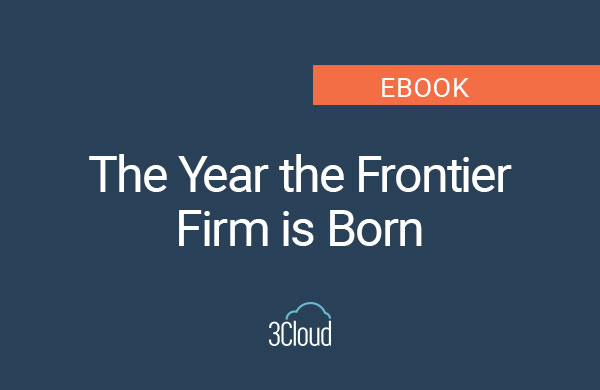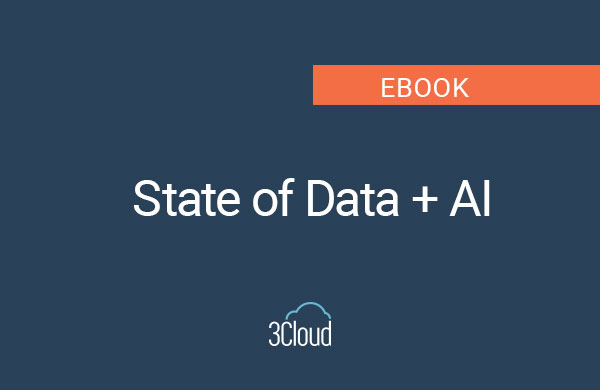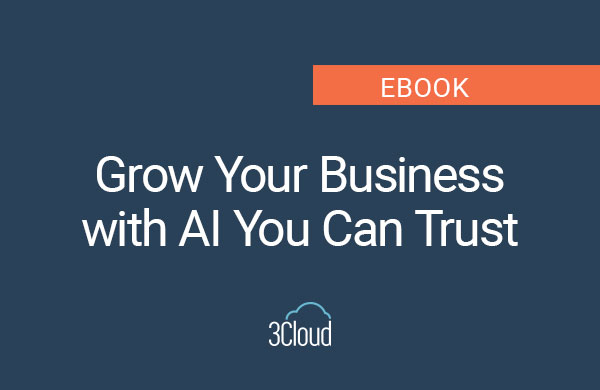Organizations increasingly rely on machine learning to drive business decisions; Machine Learning Operations (MLOps) have become essential in ensuring reproducibility, scalability and maintainability. Integrating the Azure Machine Learning (Azure ML) Workspace with GitHub Actions can significantly streamline the ML lifecycle. This blog article will explore how to architect a robust MLOps pipeline leveraging these two powerful tools.
Deep Dive into Azure ML Workspace & GitHub Actions
Azure ML Workspace: A Centralized ML Hub
Azure ML Workspace provides a fully managed, cloud-based environment that facilitates model development, training, deployment, and monitoring. It offers:
- Managed Compute Clusters: Scalability for training & inference.
- Model Registry: A centralized repository for versioning & tracking ML models.
- Pipeline Orchestration: Seamless workflow automation for end-to-end ML operations.
- Monitoring & Governance: Built-in tools for tracking model performance & compliance.
GitHub Actions: Automating CI/CD for ML
GitHub Actions is a highly flexible workflow automation service that integrates with GitHub repositories to implement Continuous Integration (CI) and Continuous Deployment (CD). It enables:
- Automated Workflow Execution: Triggering workflows based on code commits, pull requests or scheduled events.
- Infrastructure as Code (IaC) Implementation: Managing Azure resources programmatically using ARM templates or Terraform.
- Multi-Stage Deployments: Creating distinct training, testing & production environments.
- Security & Compliance Enforcement: Using policy-based checks before deployment.
Architecting an MLOps Pipeline with Azure ML & GitHub Actions
A well-designed MLOps pipeline includes several phases to ensure seamless integration between development, training, validation, deployment and monitoring.
Phase 1: Version Control & Collaboration
- Maintain ML code, dataset versions & pipeline configurations within a GitHub repository.
- Implement branching strategies (to separate development, testing & production environments.
- Use pull request (PR) workflows to enforce code reviews and best practices.
Phase 2: Automated Model Training
- Define workflows in GitHub Actions to trigger Azure ML Compute clusters for distributed training.
- Optimize training pipelines using parallel processing & hyperparameter tuning.
- Ensure artifact storage for reproducibility by logging experiment results and models in Azure ML.
Phase 3: Model Validation & Performance Testing
- Integrate automated validation scripts to compare new models against predefined accuracy benchmarks.
- Use Azure ML Model Registry to maintain multiple model versions.
- Establish model promotion criteria, ensuring only validated models progress to the next stage.
Phase 4: Deployment & CI/CD Integration
- Automate deployment of validated models using Azure ML Endpoints (real-time or batch inference).
- Implement multi-stage GitHub Actions workflows to manage deployment across staging and production environments.
- Leverage GitHub Advanced Security for additional compliance and security controls.
Phase 5: Monitoring, Logging & Continuous Improvement
- Utilize Azure Application Insights for real-time performance tracking and anomaly detection.
- Set up data drift detection using Azure ML’s monitoring tools to trigger retraining proactively.
- Continuously improve ML models by integrating feedback loops from production data into retraining workflows.
Best Practices for a Scalable & Secure MLOps Pipeline
- Use Infrastructure as Code (IaC): Automate Azure ML resource provisioning via Terraform or ARM templates.
- Implement Access Control Policies: Use Azure Role-Based Access Control (RBAC) to restrict permissions.
- Monitor & Audit Pipelines: Enable logging and auditing for compliance tracking.
- Optimize Cost Management: Scale compute clusters dynamically to reduce training expenses.
Conclusion
Integrating Azure ML Workspace with GitHub Actions provides a scalable and efficient MLOps solution for enterprises. Organizations can achieve seamless machine learning operations by implementing the best CI/CD automation practices, model validation, and monitoring. Organizations should leverage these tools to automate, standardize, and optimize ML workflows, ultimately driving innovation and business success.




